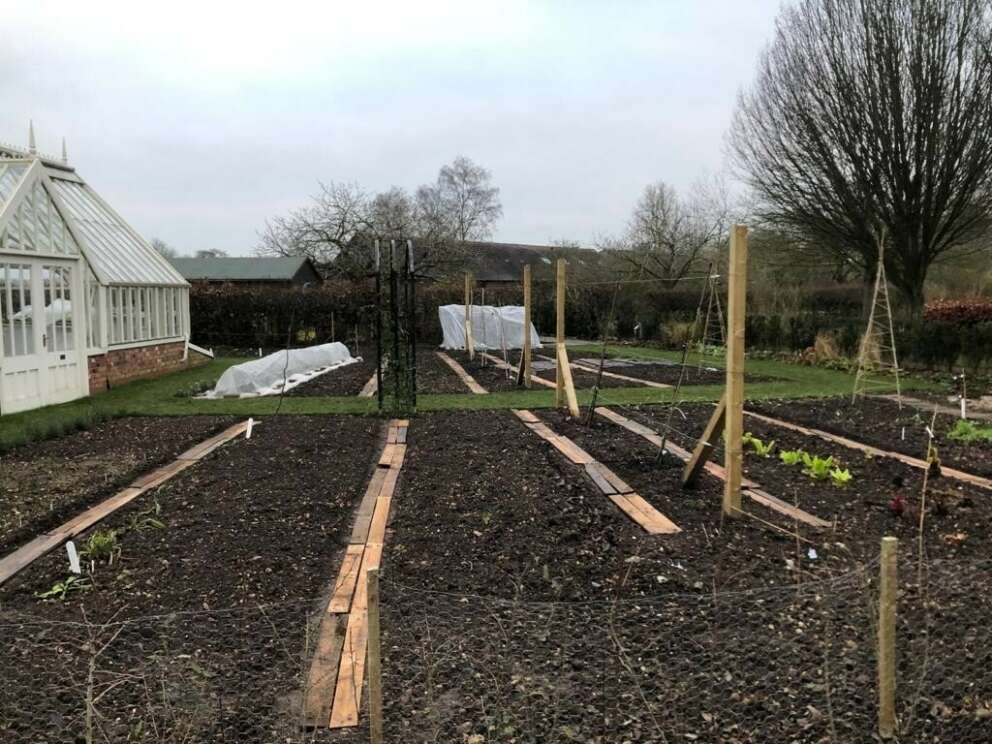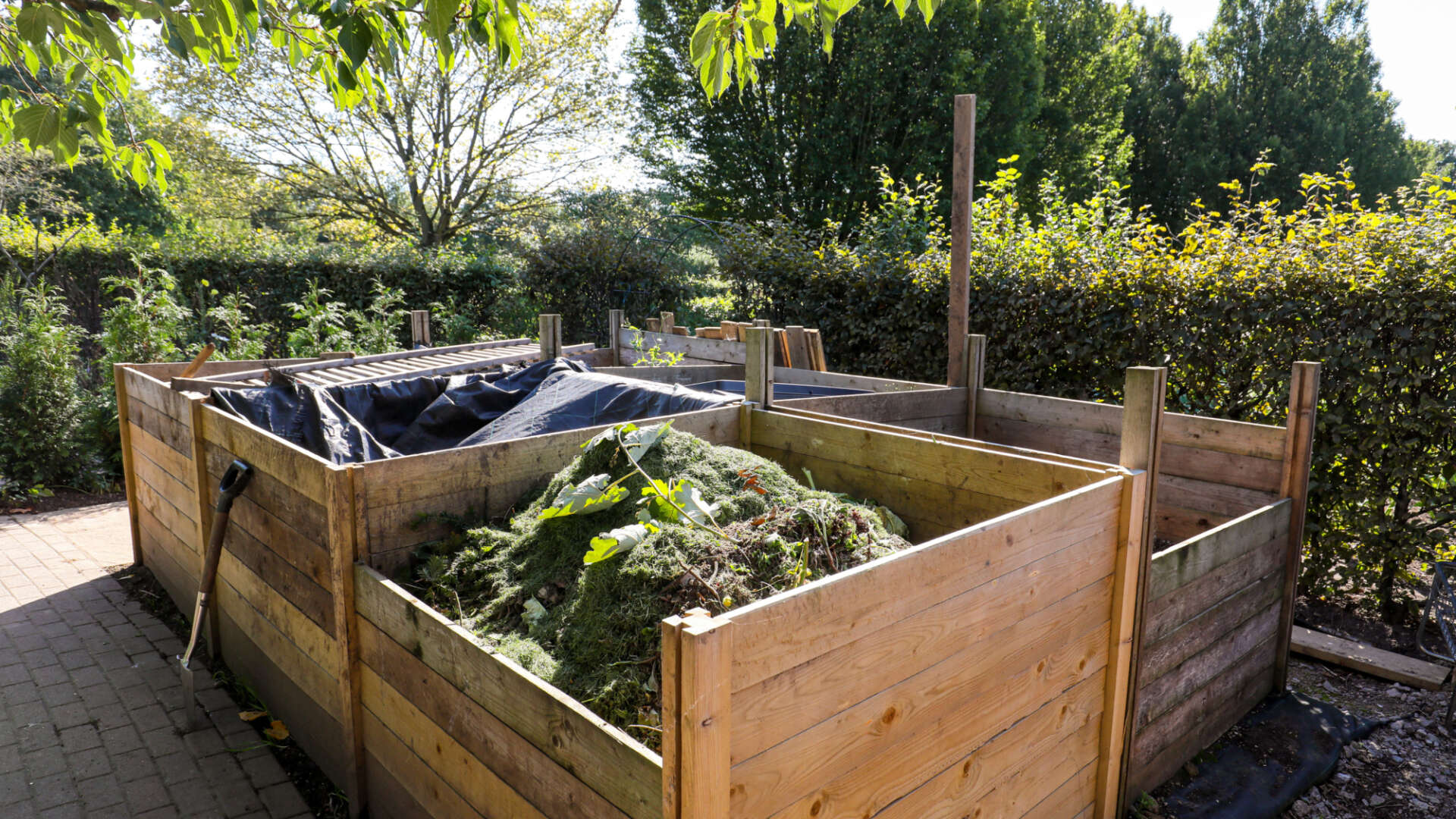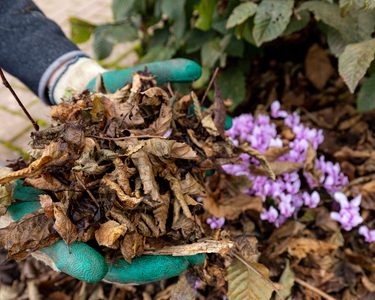Soil
No-dig Gardening
What is no dig gardening? 🔗
No-dig gardening has been practiced for decades, in fact Garden Organic carried out some of the first research into why and how to adopt no-dig methods.
In principle, by following no-dig gardening you will not be disrupting soil life. This life include all important micro-organisms, fungi and worms, that help feed plant roots.

What are the benefits of no-dig gardening? 🔗
There are a number of advantages of no-dig gardening...
- Supporting soil life: No-dig preserves fungi and bacteria that help feed the plant, and maintains the delicate structure of mycorrhizae that allows plants to extend their root network.
- Soil structure: Digging generally destroys soil structure and leaves it vulnerable to compaction problems. After a few years of no-dig, the soil settles into a firm structure with fine pores that allows the movement of water, air, and nutrients. This is better for moisture retention than soil that has had large air spaces introduced through cultivation.
- Time: No-dig methods generally produce similar yields to conventional systems but with a lot less physical effort and time spent cultivating.
- Less weeding: Digging continually brings up buried weed seeds to the surface, encouraging them to germinate. In a no-dig system, they stay buried.
To succeed with no-dig growing you'll need access to a large quantity of organic matter. This can be homemade compost, leafmould, well-rotted manure, green waste compost or even bagged peat-free compost.
How do I start a no-dig garden? 🔗
Here's our no-dig gardening guide to using it in your growing space....
If you're a clearing a growing area or creating a new bed, you'll need:
- Plenty of organic matter
- A sheet of light-excluding material, such as cardboard
The aim is simple - to exclude the light so weeds can't grow. And to cover the soil with a rich organic mulch.
- First, cut tall weed foliage down to ground level. Put it on the compost heap.
- Lay sheets of light-excluding material (cardboard, etc) so the ground is completely covered. We don't recommend plastic unless it can be reused and won't degrade into the soil; nor is carpet a good idea. Modern carpets are treated with chemicals and dyes that can leach poisons onto the soil.
- Add a 15-20cm thick layer of mulch. Use homemade compost, fully-rotted manure, leaves, straw, grass mowings – or a mix of them all.
- Tread down firmly. Eventually, it will rot down and create a friable soil texture that's not only rich but allows weed roots, such as bindweed, to be pulled out easily.
- If you use a horticultural membrane such as mypex, you can put the mulch under, not over, it.
- Either way, make sure no light can penetrate down into the soil.
- In both instances, wait for at least six months for the weeds to die down and the soil organisms to do their work. Be patient! It can take up to a year to completely weaken the weeds, especially those with deep and extensive roots such as bindweed, dock, and bramble.
Using the no-dig method on an area that's already cultivated 🔗
- Apply at least 15cms of an organic, well decomposed mulch to your beds. You don’t need to dig beforehand, as soil organisms such as worms will rise to the mulch, eat and digest it, creating rich and well-textured soil.
- Firm it down.
- Plant or sow directly into the surface compost, just as you would normally. You will find there are less weeds to hoe, they are easy to deal with on the soft surface. The soil beneath is firm but not compacted, as the undisturbed soil organisms develop a honeycomb of small air passages – perfect for plant root penetration.
- To sow seeds, use a rake to prepare a soft, crumbly tilth on the surface.
- Use a trowel to remove any weed regrowth through mulches. Annual weeds will die within two to three months, but perennials take longer – often up to a year. Only bindweed and marestail can survive, but they become noticeably weaker. And as the soil becomes more friable and richer, it's easier to pull out the long root systems in bindweed, for instance.
- Ongoing maintenance involves annual applications of around 5cms of compost or manure. This should be applied in the autumn, when crops are cleared, or on warmer soil in spring on beds where winter crops have been growing.
You may also like

You may also like

Join Garden Organic!
By becoming a Garden Organic member you can join thousands of people who are already leading the movement for an organic and sustainable future for us all. And get great member benefits!
Join today